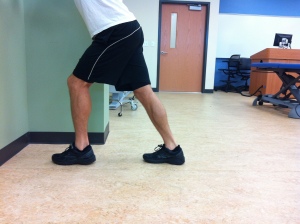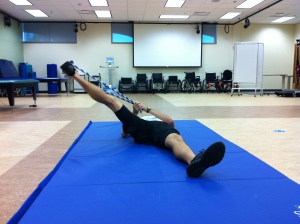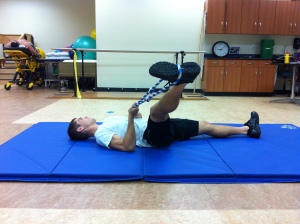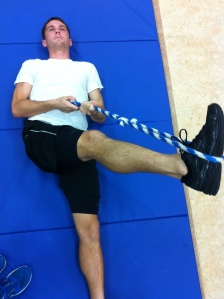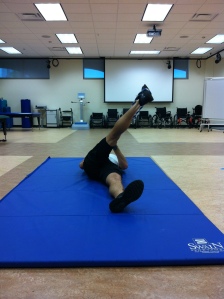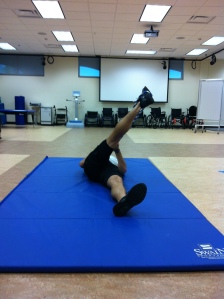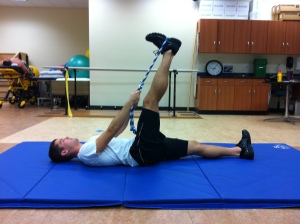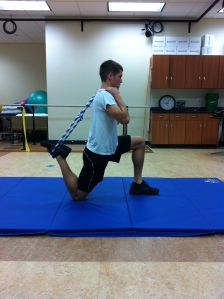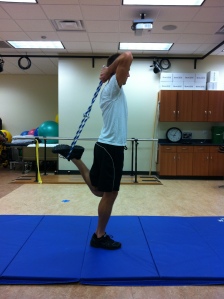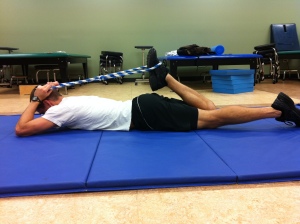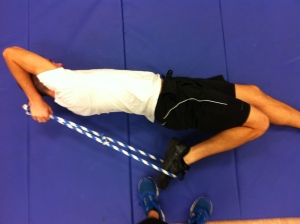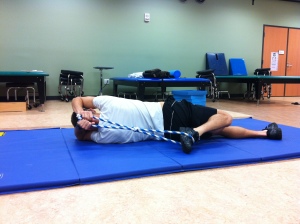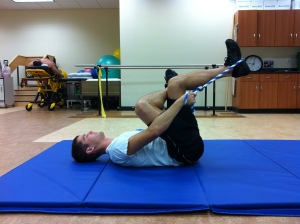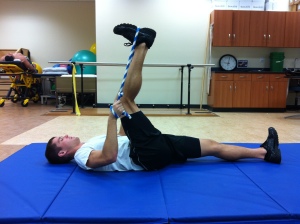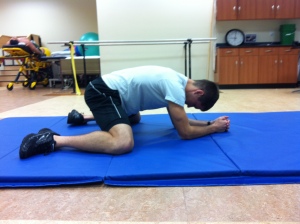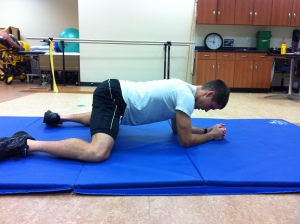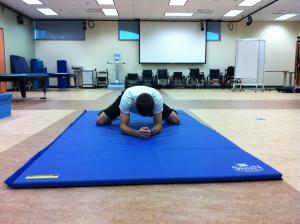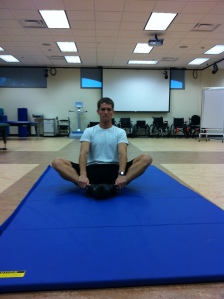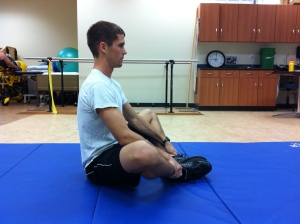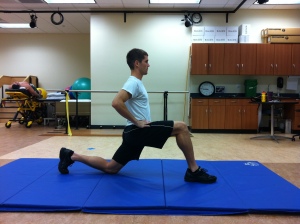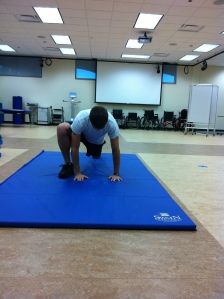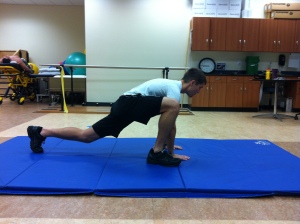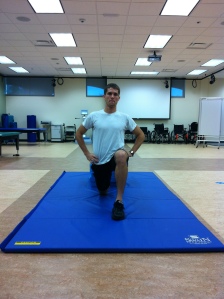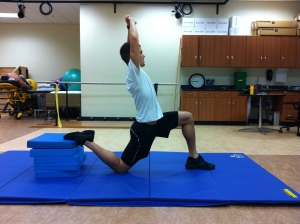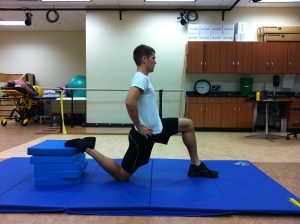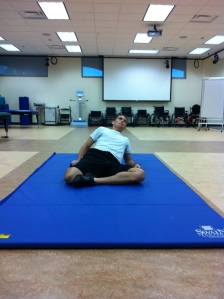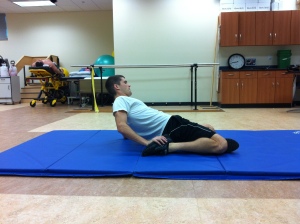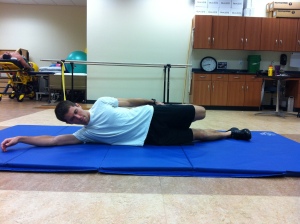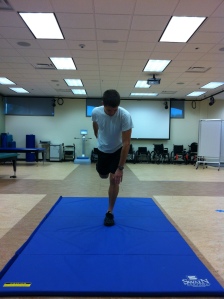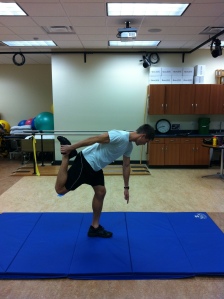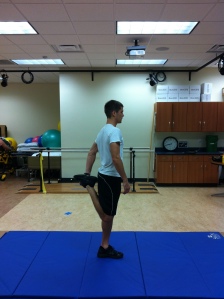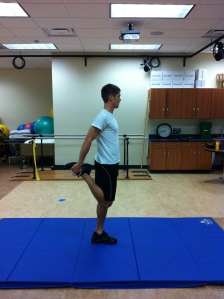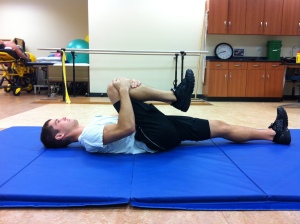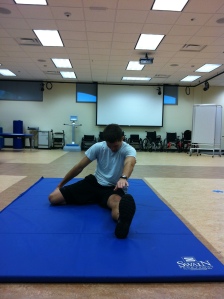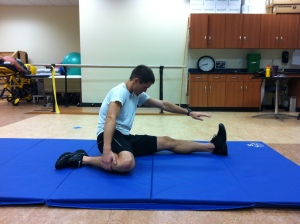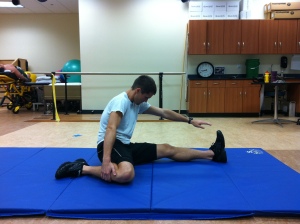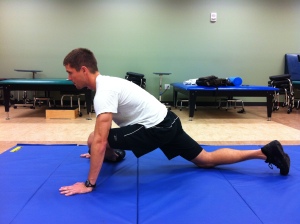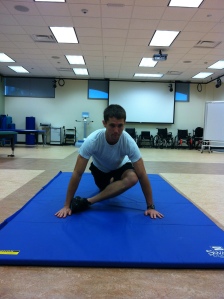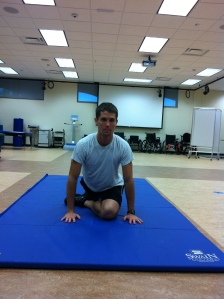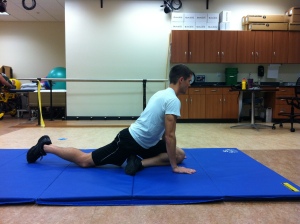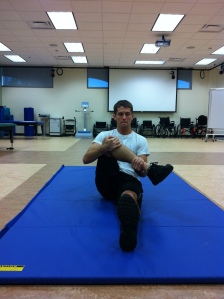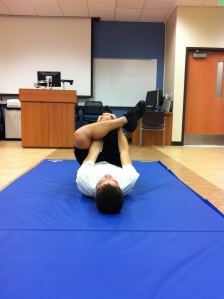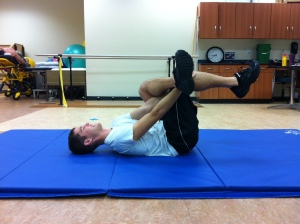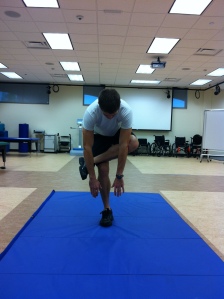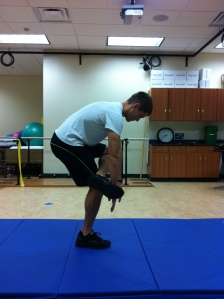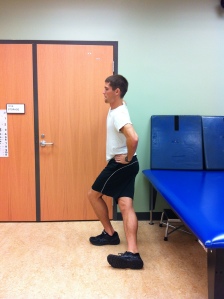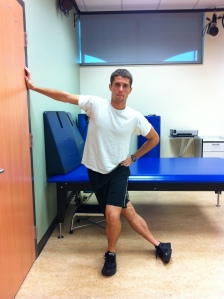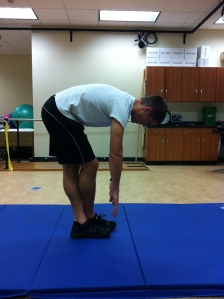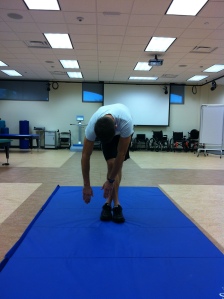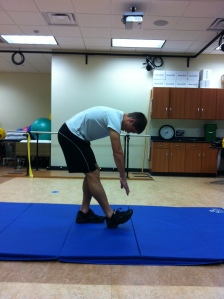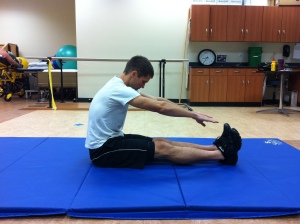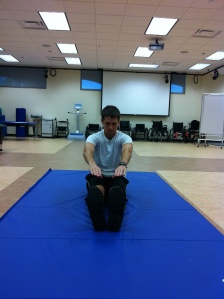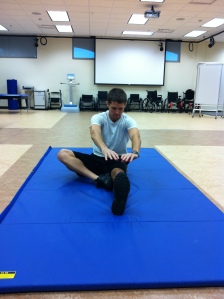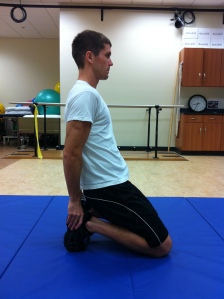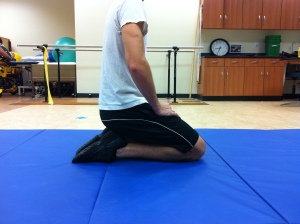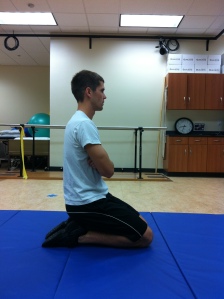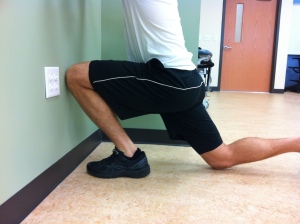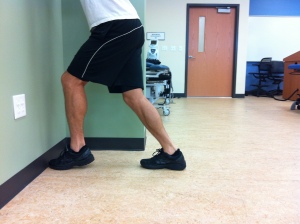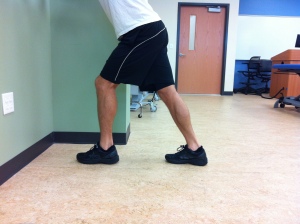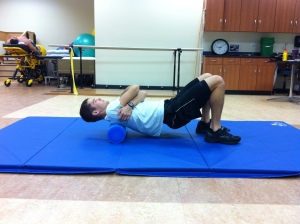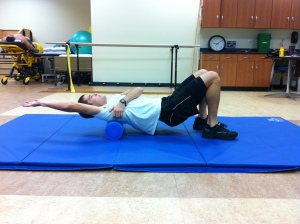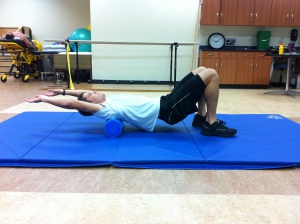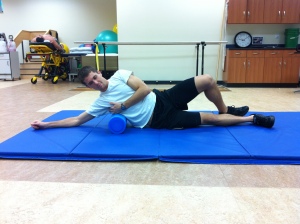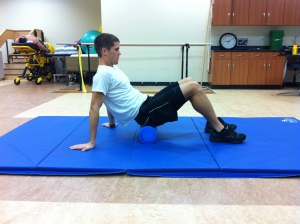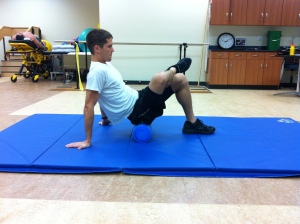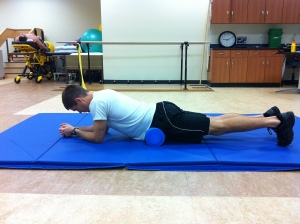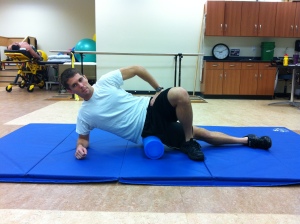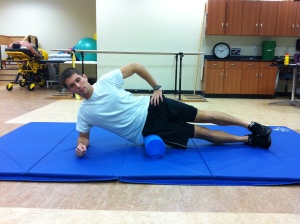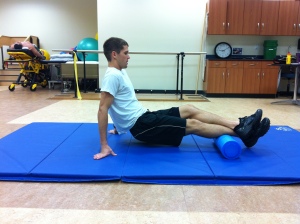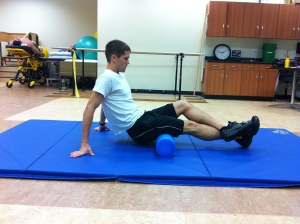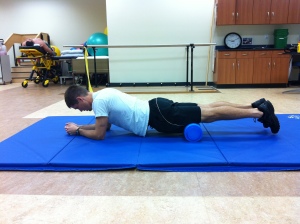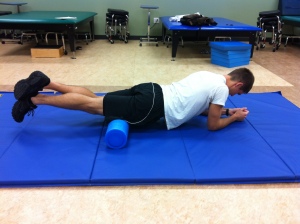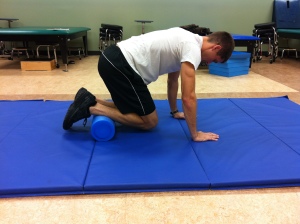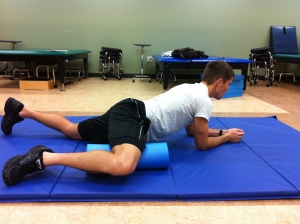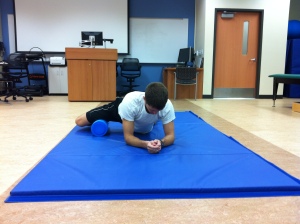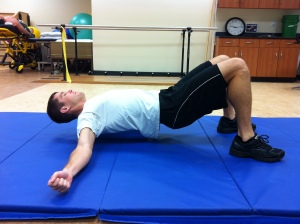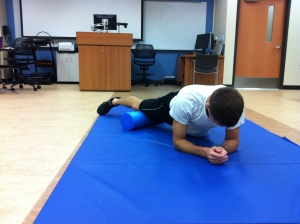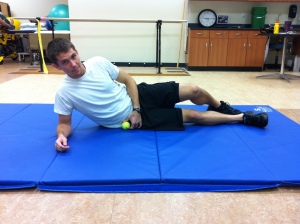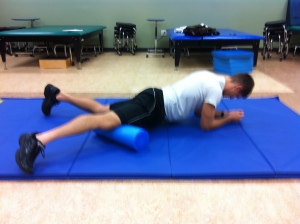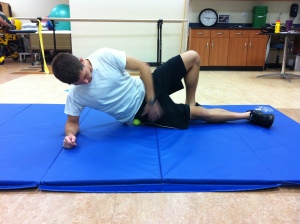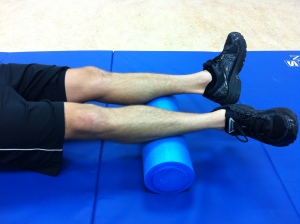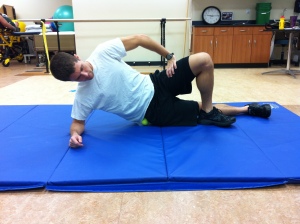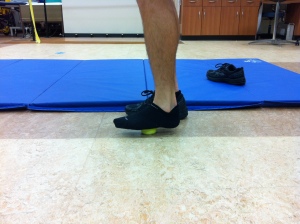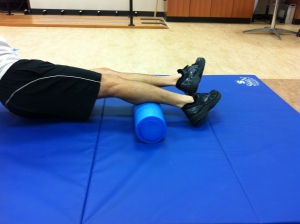Stretching
Ben Pignatone CSCS, USATF, USAW, RRCA
In recent years there has been an ongoing battle between what is the most beneficial form of stretching. Dynamic Stretching or Static Stretching. Below I am performing multiple static stretches along with some assisted stretches with my stretching rope. Whether you believe in cold stretching, warm stretching, AIS, PNF, passive, or active. The bottom line is you need to experiment with all of them and find what works for you. Individualism plays a crucial role in programming and improvements among athletes.
You should devote 1-2 mins total per stretch in my opinion. I am constantly bombarded with why does it take so long? Stretching and recovery days need to be treated like workout days. You devote countless of hours to training, why don’t we devote just as much time to recovering?
Below in no particular order are various stretches and exercises for the most efficient rehabilitation and recovery days. I hope you get as much out of them as I continue to. Thank you for reading. If you have any questions or comments please do not hesitate to contact me.
Thanks again!
Here is a downloadable Stretch sheet that is a must for all athletes. And essential to a Pain Free / injury free athletic lifestyle.
Calf Stretch “Gastrocnemieus”
I.T. Band Stretch ” MUST KEEP BOTH HIPS ON FLOOR”
-if you are unable to keep both hips on floor drop your leg from 90 degrees to 110
and try it from a lesser intense stretch position.
Groin Stretch with rope. Gradually lift leg to roughly 90 degrees and then proceed to abduct “lower” your leg to your desired level of discomfort.
Above view of the I.T. Band Stretch ( Try to keep the hip of the leg that is being stretched on the floor.)
Hamstring Stretch with rope ( contract quad of the leg being stretched a couple times during the stretch)
Rear foot elevated “hip flexor, quad stretch and much more” One of the most powerful stretches among all of these stretches. Get those hips forward, be light on your front foot, breathe, and make sure the leg being stretched isn’t pointed to one side. Try to make sure there is a straight line of pull from your knee to the ankle inline with the hip.
Quad Stretch
Prone Quad Assisted Stretch
Superior View of Assisted Quad Variation Stretch
Piriformis Variation with rope ” In cases where patients have poor mobility or flexibility, this would be applicable.”
Hamstring Assisted
Hamstring Variation
Bent knee variation. Stretches the Hamstrings differently.
Frog Pose in the Back position. Great for working on external rotators of the hip i.e Piriformis Obturator Externus and Internus to name a few.
Frog Pose in the forward position.
Front View of Frog Pose.
Butterfly Stretch for the Groin muscles.
Long Lunge stretch. Be sure to do this on a soft surface. The knee that supports the majority of your weight should be behind your butt. Meaning that pressure from your body weight is not directly on the patella (knee cap). Majority of your body weight should be slightly above the knee cap. You can vary this stretch by moving your front foot farther away from your body or moving your front foot closer to your body.
The following eight pictures are for your hip flexors. There are a couple variations here; one stretch you have ground contact with one of your knees, and in the other variations you do not have any knee ground contact. Notice, it is important to breath and walk your hands forward on both. It is also important to reach over head for the other half of this stretch. 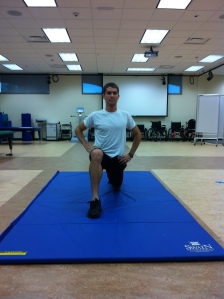
This is a safe alternative for stretching your quadriceps, There is no need to lay down, that could potentially put too much strain on your knee. Rule of thumb is to try and align your torso with the quad being stretched. Lowering yourself down to that depth usually elicits a strong enough stretch. In hyper-mobile, and extremely flexible people, laying down may be okay. However I do not recommend it.
Hurdler stretch. This stretch can put a great deal of internal stretch on your hip’s joint capsule. So if you are doing this for the first time, rule of thumb is to point your knee almost in the same direction as the straight leg and with time you will be able to bring the knee away from mid-line ( your other leg).
Pigeon Pose Variation- Careful with this stretch because this way of doing this stretch will apply a great deal of stress to some of your ligaments in your knee like the LCL, ACL, PCL… So it is important to build up from a standard pigeon pose.
STANDARD PIGEON POSE
Standing Double Hamstring and Erector Spinae Muscle stretch
Side View Double Hamstring Stretch
Double Hamstring Stretch
Figure 4 Hamstring stretch ” reach with both hands, gradually tuck chin”
Plantar Stretch “Great for Plantar Fasciitis”
Shin Splint Stretch Different Angle
Shin Splint Anterior Tibialis
Ankle Dorsiflexion Enhancement
Soleus “notice the bend in the knee”
Gastrocnemius “Calves”

